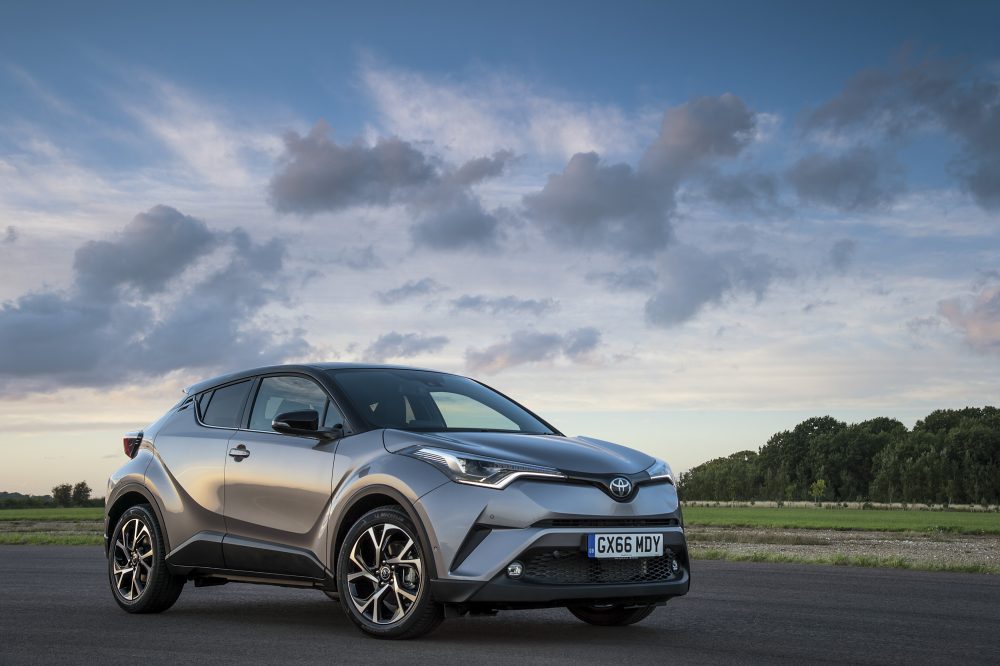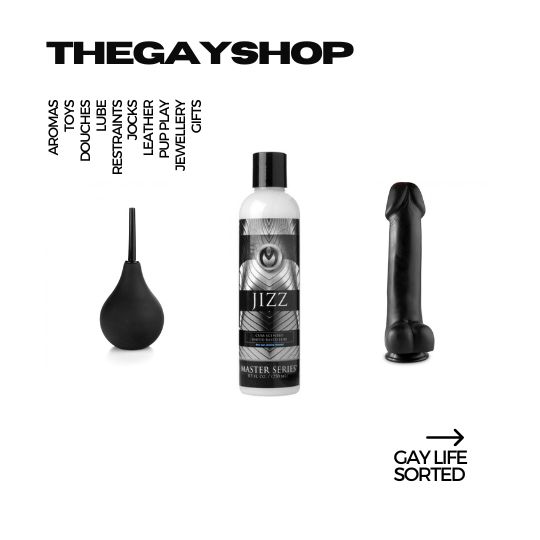★★★★ | Toyota C-HR Excel Hybrid 1.8 CVT
Never before has a car arrived into the avenue and caused quite a stir like that caused by the new Toyota C-HR.

Next door has been looking to trade in the BMW 3 series for one while those opposite are also considering one to replace their Nissan Duke.
Prepare to see more of them because they are good and I’ll tell you why.
The C-HR arrived brandishing the ‘Hybrid’ moniker and I had a few grumbles. Mainly that it would have a CVT gearbox and like the Prius, it would be noisy. It’s not a Lexus so I wasn’t expecting Lexus levels of serenity.
On the first drive home, I ate some humble pie through a closed cake hole. It was surprisingly quiet even down to road noise. With the exception of rough and worn out roads, you would struggle to hear more than a gentle tyre roar.
That drive home also happened to be on a horrendous Friday night. It was dark, wet and everyone was rushing to get home while trying to avoid the fouled up M25. The C-HR was a safe choice that evening. For your £28,885 it had all the usual pieces of kit that you would want. Adaptive cruise, blind spot alert and lane assist.
This serenity heightened the enjoyment of driving the C-HR.

I was summonsed to my sisters over the weekend and the 2 hours drive each way was an enjoyable experience. It’s not the most engaging car to drive. Handling at first is a bit of a puzzler. It plays it too safe. Fundamentally, it understeers first and scrabbles away any excess speed in corners if pushed. At first, it feels a bit lacklustre. That is until you look at the speed you approached the corners in. It travels faster than you think it actually going so you become thankful that the C-HR is a little safe.
These gemstones and fluid surfaces of the body make a bold statement. Toyota is pinning a lot on this kind of architectural visual, love it or hate it. In the current climate of grey designs of similarities, it visually hits you. To quote Toyota, “C-HR’s combination of faceted, gemstone-like shapes with fluid surfaces and elegantly integrated detailing creates a delicate balance of precision and sensuality”.
Now I am perplexed at that description. Cut through all of that and just say the exterior architecture shows it to have muscles, angular poise and function. In the real world, its striking visuals don’t add up. It isn’t sporty despite its coupe-esque looks on top of a crossover.
I like the door handle position. In a normal position, it would look out of place. What l don’t like though is the rest of the rear door. The large pillar within the door and the handles placement all make for a really small rear door window. Sitting in the spacious rear with surprisingly good headroom that belies the shape, your view of the outside world is somewhat limited. Large C-pillars and black colours make for a claustrophobic environment for those in the rear. What you do notice from the rear seat is the architecture of the headlining. I’ve never paid any attention to it in any car this side of a 70’s Rolls Royce Camargue.
What I did absolutely love the most about the interior was the large infotainment screen. What made it even better is that it’s angled more towards the driver. It’s only ever-so-slightly done by a few degrees, making the screen very easy to read very quickly. A quick glance at the screen is all that is needed to find what you wanted to look at. The dashboard display is also typical Toyota and made to be easily read at a glance.

Most screens are centralised in a position to accommodate left and right-hand drive models. Let’s hope more start to do this.
The ride is compliant and smooth. It restored my faith in the Toyota brand that they can make a hybrid that is quiet. The stereo is a little quiet too. Even on the loudest settings it wouldn’t blast out a Kylie tune.
My real quibble here though falls to the CVT gearbox. I just don’t like how they work. It’s not their working per se because in normal usage it works well. What ruins it is the moment you become the press-on motorist in a hurry.
The 1798cc engine does a great job in propulsion. Maximum torque of 142Nm is there at a useful wide range from 3600 to 4000 rpm. It’s just that you don’t really need to hear all of it and its 97 horses galloping at a higher 5200rpm as it spins away. Why Toyota can’t fit a step up or down system as fitted to the Lexus belies me. Or why they couldn’t give it a better automatic is beyond me. Always a better way Toyota say, a 9-speed auto would be better.
I’m being hyper critical really and for a good reason. I don’t want to award the C-HR well and not warn of this pitfall. Try it and you might think I am talking rubbish. It’s a good car. I’d have one. It’s well thought out in design. It will carry you in the grimmest of weather on the foulest of days. There will be no fuss made. There are cars out there for more money that can’t do what this Toyota did for me on that Friday. It had me won over within the first 10 miles and it will you too.
Love
Ergonomics
Economy
Design
Loathe
CVT gearbox
Small rear windows
Stereo isn’t loud enough
The Lowdown
Car – Toyota C-HR Excel Hybrid 1.8 CVT
Price – £28.885 (as tested)
MPG – 72.4mpg (combined)
Power – 120bhp @ 5200rpm petrol (bhp 90 for electric motors)
0-62mph – 11 seconds
Top Speed – 105 mph
Co2 – 87(g/km)



